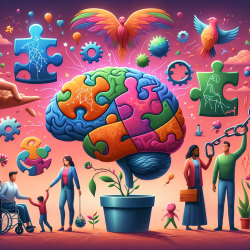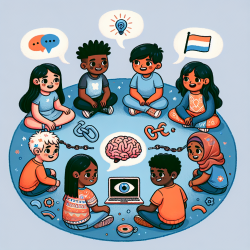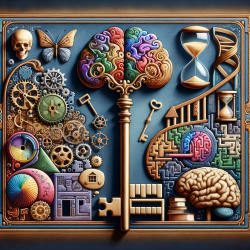Introduction
The groundbreaking research by Allan N. Schore, published in Frontiers in Psychology, emphasizes the importance of early interpersonal neurobiological assessments in understanding attachment and autism spectrum disorders. This research provides valuable insights for practitioners aiming to improve their skills in assessing and intervening in early childhood development.
Understanding the Right Brain's Role
Schore's regulation theory highlights the critical role of the right brain in early emotional and social development. The right hemisphere, often referred to as the "emotional brain," is pivotal in processing non-verbal communication and regulating emotions. This understanding bridges the gap between attachment and autism, offering new avenues for early intervention.
Key Insights from the Research
- Interpersonal Neurobiology: The development of the brain is significantly influenced by early social experiences, particularly those involving emotional relationships. This underscores the importance of assessing the dynamics of the infant-caregiver relationship.
- Right Brain Lateralization: The right hemisphere's development precedes the left, highlighting the need for early assessments focused on right brain functions.
- Hierarchical Brain Organization: The maturation of the limbic system, influenced by attachment experiences, is crucial for emotional regulation and resilience.
Clinical Implications
For practitioners, these insights suggest a shift in focus towards early assessments of right brain development. By observing non-verbal cues such as visual-facial, auditory-prosodic, and tactile-gestural communications, clinicians can better understand the infant's emotional and social development. This approach is particularly beneficial in differentiating between attachment disorders and early signs of autism.
Encouraging Further Research
While Schore's work provides a robust framework, it also highlights the need for further research. Practitioners are encouraged to explore the application of these insights in clinical settings and contribute to the growing body of knowledge in this field.
Conclusion
Implementing the findings from this research can significantly enhance early intervention strategies, potentially improving outcomes for children with attachment and autism spectrum disorders. By focusing on the right brain's role in emotional and social development, practitioners can offer more effective, evidence-based interventions.
To read the original research paper, please follow this link: Early interpersonal neurobiological assessment of attachment and autistic spectrum disorders.










